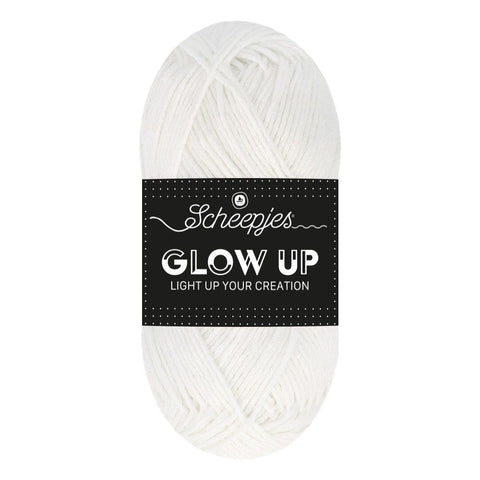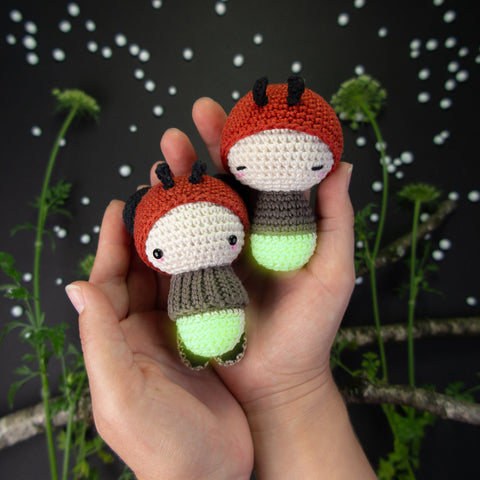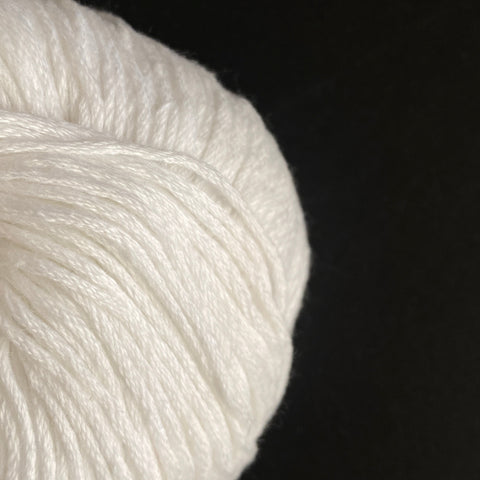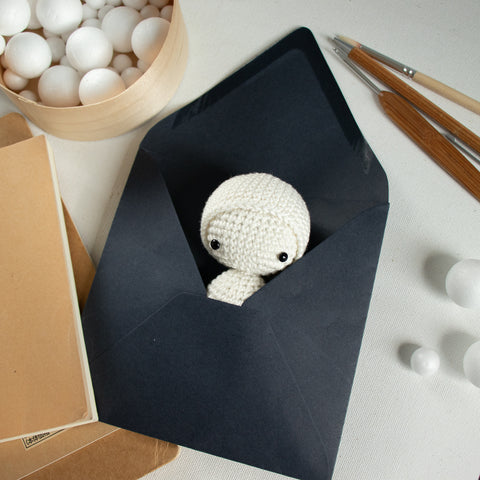How does the Glow work?
To make glow-in-the-dark yarn glow, you need to activate the phosphors present in the material.
Phosphors are substances that absorb and store energy from light or other sources and then release it slowly over time as visible light. Here's what you can do to make glow-in-the-dark products glow:
01. Charge the product: The first step is to expose the product to a light source. This can be natural light, such as sunlight, or artificial light, like a regular light bulb or fluorescent lamp. The product needs to be exposed to this light for a certain period, typically ranging from a few minutes to a few hours, depending on the specific product.
02. Absorption of energy: During the charging process, the phosphors in the product absorb the energy from the light source. The energy is stored in the phosphors' atomic structure, exciting the electrons to a higher energy level.
03. Release of energy: Once the light source is removed, the phosphors start to release the stored energy in the form of visible light. This is what causes the glow. The process is known as phosphorescence, where the energy is released slowly over time rather than immediately.
04. Darkness: To observe the glow, the product needs to be placed in a dark environment. The absence of light allows the released energy to be more visible. The darker the surroundings, the more vibrant the glow will appear.
05. Repeat charging: Over time, the glow will fade as the phosphors release all the stored energy. To make the product glow again, you need to repeat the charging process by exposing it to light. The more light it absorbs, the longer and brighter it will glow.
It's important to note that the duration and intensity of the glow will vary depending on the quality and amount of the phosphors used in the product. Higher-quality glow-in-the-dark products tend to have stronger and longer-lasting glows.








